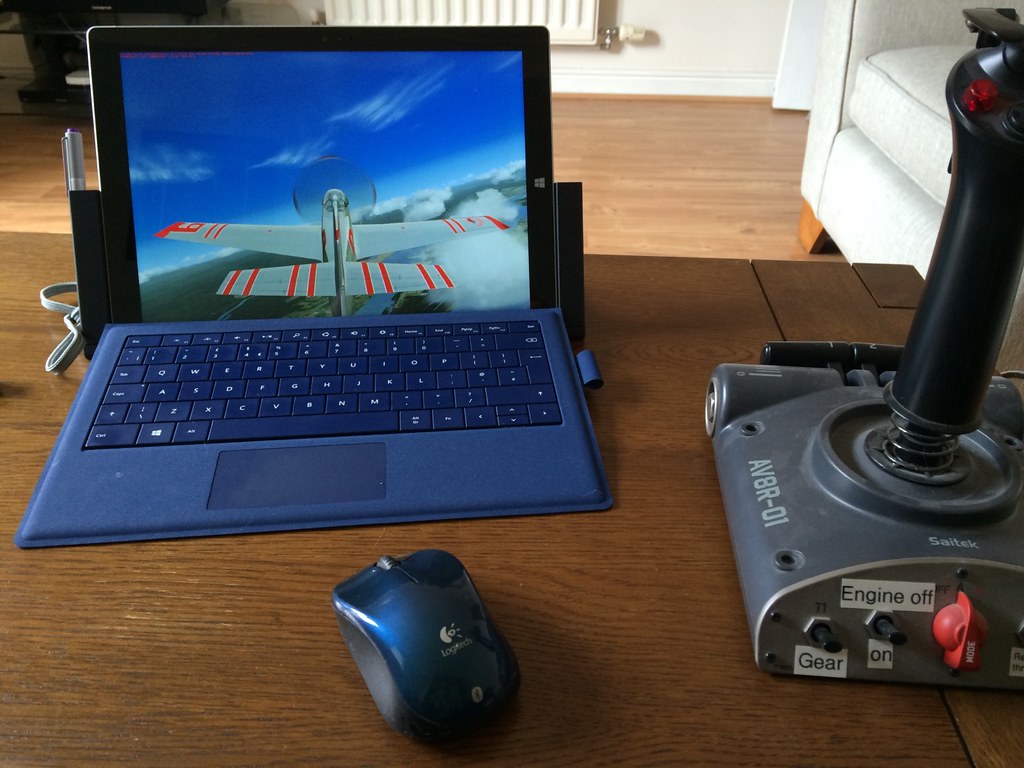
In May, Microsoft unveiled its new line of Windows PCs, dubbed Copilot+ PCs, highlighting their design for artificial intelligence (AI) capabilities. These devices are powered by Qualcomm chips, which promise greater energy efficiency compared to previous Intel processors. Among the first of these devices to reach consumers is the Surface Pro, a convertible tablet that not only handles more demanding computing tasks but also boasts a longer battery life. This move mirrors Apple’s successful strategy from 2020 when it introduced custom Arm-based chips into its MacBooks.
However, while the new Surface Pro offers a noticeable upgrade over its predecessor, claiming it marks the dawn of a new era in AI computing might be premature. Here’s a comprehensive review of Microsoft’s latest offering.
- High-end hardware with a Qualcomm 12-core Snapdragon X Elite chip.
- Longer battery life compared to Intel-powered laptops.
- Improved software compatibility with a new emulator called Prism.
- Enhanced AI features including neural processing unit (NPU) capabilities.
- Design and usability remain strong, but some AI features are still pending.
| Feature | Details |
|---|---|
| Processor | Qualcomm 12-core Snapdragon X Elite |
| Storage | 512GB solid-state drive |
| Memory | 16GB RAM |
| Display | OLED, 120Hz refresh rate |
| Starting Price | $999 |
| Reviewed Model Price | $1,499.99 |
| Battery Life | Up to 10 hours (8 hours in early testing) |
| Ports | 2 USB-C ports, no headphone jack |
| Keyboard and Pen Bundle | $449.98 |
What’s Good
- Performance and Display: The Surface Pro’s hardware is impressive. The device I reviewed came equipped with Qualcomm’s 12-core Snapdragon X Elite chip, a 512GB solid-state drive, 16GB of RAM, and an OLED display. This configuration ensures snappy performance for web browsing, productivity software, and some gaming titles like “Retrowave World” and “Poly Bridge 3.” The display is vibrant, detailed, and smooth, thanks to a 120Hz refresh rate. The touchscreen is highly responsive, and the iconic kickstand remains robust and functional.
- Battery Life: In my early testing, the Surface Pro delivered over eight hours of battery life, with Microsoft claiming up to 10 hours of web browsing. This is a significant improvement over previous models and aligns well with the company’s shift to energy-efficient Arm-based processors.
- Software Compatibility: One of the standout features of this new Surface Pro is its ability to run a wide assortment of applications, thanks to the new emulator called Prism. This emulator allows the device to run programs designed for Intel and AMD chips, reducing the compatibility issues that plagued earlier Arm-powered Surface PCs.
- AI Capabilities: The inclusion of a neural processing unit (NPU) is a noteworthy advancement. This NPU helps enhance battery life by offloading certain tasks from the main processor, making the device more efficient. Microsoft has integrated several AI features in Windows 11 that leverage the NPU, such as the Eye Contact feature for video calls, which makes it appear as if you’re looking directly at the camera even when reading text.
What’s Not So Good
- Pending AI Features: Despite being marketed as an “AI PC,” some of the key AI features are not yet available. For instance, the Recall feature, which allows users to search through their PC activity with a few keywords, has been delayed. Security concerns were raised about potential vulnerabilities that could expose users’ private data through screenshots captured by this feature.
- Software Limitations: Some applications, including Google Drive and ExpressVPN, currently do not work on these new devices. This is a significant drawback for users who rely on these programs. Additionally, while Windows on Arm is gaining traction, there can be discrepancies in app availability between Microsoft’s app store and developers’ websites.
- Reduced Copilot Capabilities: The Copilot assistant, initially capable of controlling various aspects of the PC, has had its functionality reduced. It now resembles more closely a standard chatbot, limiting its utility.
After two weeks of using the Surface Pro, several aspects stood out:
- Port and Connectivity: The Surface Pro comes with two USB-C ports and no headphone jack, which might be inconvenient for some users. The device can be charged via the Surface Connect port or the USB-C ports, providing flexibility. Additionally, it can be connected to up to three 4K monitors, a feature not commonly found in similar devices.
- Accessory Costs: The Surface Pro does not include a keyboard, which has been a standard practice for this line. The standard Surface Pro Keyboard costs $139.99, while a version with Microsoft’s Slim Pen stylus is priced at $279.99. Microsoft sent me the new Surface Pro Flex Keyboard with a Slim Pen, a bundle costing $449.98. Although this accessory connects over Bluetooth and offers 41 hours of continuous typing, I didn’t find it to be a significant upgrade over the traditional keyboard.
Should You Buy It?
The 11th edition of the Surface Pro is a solid upgrade, particularly for those needing a versatile and high-performing device. The switch to Arm-based processors was a wise decision, enhancing battery life and performance. However, potential buyers should ensure that the applications they rely on are compatible with Arm-based machines. While the AI capabilities are promising, many of the hyped features are still forthcoming.
For now, the Surface Pro is a robust and capable device, offering excellent performance and design. But, it falls short of being the groundbreaking AI PC Microsoft had envisioned.
- AI and NPU: Enhanced processing capabilities for AI tasks.
- Battery Life: Promising up to 10 hours of web browsing.
- Software Compatibility: Improved with the Prism emulator.
- Display and Performance: High-end hardware with a 120Hz OLED display.
The Surface Pro represents a significant step forward in Microsoft’s hardware lineup, especially with the shift to energy-efficient Qualcomm chips. However, the full potential of its AI capabilities remains to be seen as we await the rollout of all promised features.
Featured Image courtesy of Flickr
